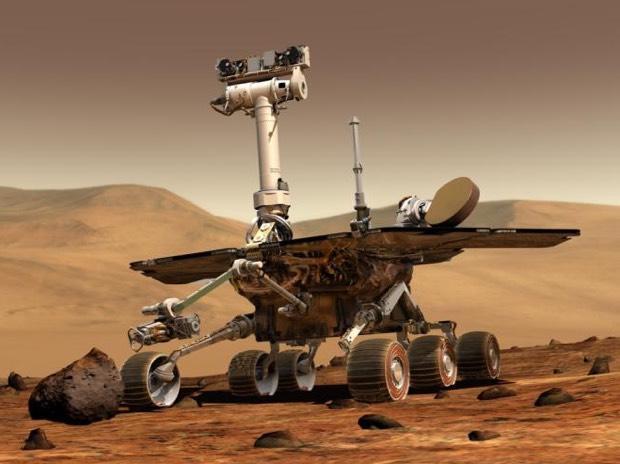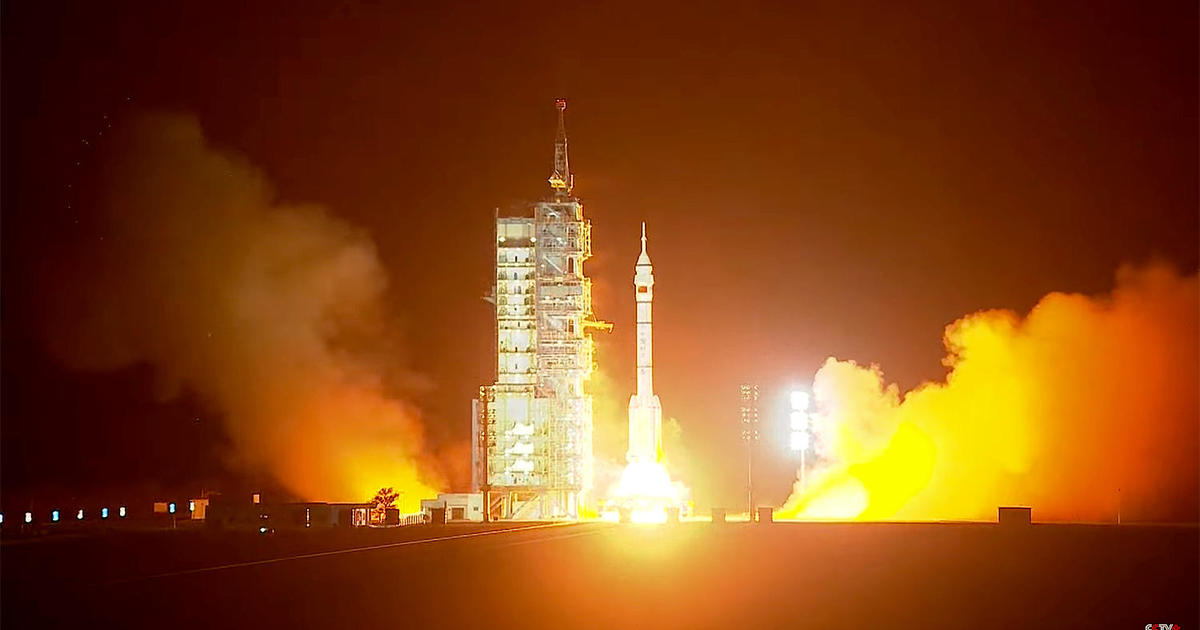NASA works to revive Mars rover Opportunity, but hopes are fading
NASA's Opportunity rover landed on Mars 15 years ago this week, but the long-lived robot remains out of action in the wake of a global dust storm last summer that caused it to lose power. Engineers are still trying to contact the spacecraft, sending commands and listening for any sort of response, but hopes are fading, a senior manager said Friday.
"We're getting close to the end," said John Callas, the Mars Exploration Rover project manager at the Jet Propulsion Laboratory in Pasadena, Calif. "At some point, in an emotional sense, you have to say 'enough' and move on, to say goodbye."
For many of the engineers and scientists that built and nurtured Opportunity over the years, the six-wheeled robot is almost a member of the family, and no one wants to say that final goodbye until every possible rescue option has been exercised. But seven months after contact was lost, that moment is approaching barring a sudden reversal of fortune.
"It's just like a loved one missing in action, a pet that goes missing," Callas said. "You spend several days searching the neighborhood, posting pictures on telephone poles, but then after six months, you say OK, we did all we could."
But not quite yet.
It's the windy season on Mars, and there remains a chance gusty breezes might blow off enough accumulated dust from Opportunity's solar cells to allow its batteries to charge up enough for the spacecraft to phone home.
At the same time, flight controllers at JPL continue to send commands "in the blind" in an attempt to coax Opportunity back into action if it ever does wake up while NASA's Deep Space Network antennas regularly listen for a response.
"We've been doing this strategy of listening with the DSN antennas as well as commanding to try to elicit a response from the vehicle," Callas said. "The expectation was once the storm passed, that sunlight on the solar arrays would charge the rover back up and it would autonomously talk to us."
But if the batteries were fully depleted, as now appears likely, the spacecraft's internal clock would reset and "the rover won't know what time it is," Callas said. "And so, it'll attempt to wake up at these odd hours of the day or night, so we might not hear from it when it is powered up because it's got the wrong time.
"That's part of the reason we were sending these commands. If the rover was ever awake, and it gets one of these commands, then it knows to respond right away."
But so far, flight controllers have heard nothing.
Opportunity landed on Mars, on a plain known as Meridiani Planum, on Jan. 24, 2004, 15 years ago Thursday. The design specifications called for a minimum 90-martian-day mission and an ability to rove at least 1,100 yards.
But Opportunity and its twin rover, Spirit, far exceeded expectations, chalking up year after year of slow-but-steady exploration, looking for signs of past habitability and confirming a warmer, wetter environment in the distant past.
Spirit got stuck in deep sand and ceased operations in 2011, but Opportunity pressed ahead, showing signs of wear and tear over the years but remaining in remarkably good health. Instead of the 1,100-yard design goal, the rover has covered more than 28 miles, marking its 5,000th day on the red planet last February.
But last June, a record dust storm boiled up, becoming a global event that shrouded the red planet in a thick haze, sharply reducing the amount of sunlight reaching Opportunity's solar cells. Flight controllers last contacted the spacecraft on June 10.
"This was a historic dust storm," Callas said. "Never since humans have been observing Mars and measuring the atmospheric opacity have we ever seen a dust storm this intense. ... Essentially it was nighttime during the day on Mars."
The storm persisted for weeks before finally dissipating. Relatively clear skies returned, but JPL has not been able to restore contact with Opportunity. In the meantime, the planet's seasons are changing, temperatures are dropping and the amount of sunlight reaching Opportunity is decreasing.
"There are still some techniques we want to try to account for multiple failure scenarios on the vehicle," Callas said. "We're trying to look at all the possible things that could explain why we haven't heard from the rover that are potentially recoverable. Things like if both transmitter amplifiers failed, could we use just the UHF (radio)? Those are the kinds of things we're looking at. We'd like to give those a try."
JPL is operated for NASA by the California Institute of Technology as a Federally Funded Research and Development Center, or FFRDC. As such, it receives payments from NASA in advance and currently remains in operation despite the ongoing partial government shutdown.
Callas said his small team will continue efforts to contact Opportunity until NASA is back in operation and able to provide guidance.
"NASA makes the decision about this," he said. "Until they tell us otherwise, we'll keep going."






